SYDNEY, 6 June 2023 – Sedgwick, a leading global provider of technology-enabled risk, benefits and integrated business solutions, and Direct Health Solutions (DHS) have published the 12th edition of their absence management and wellbeing report, featuring benchmark data and key trends to help employers better manage employee absenteeism in Australia. The results reveal the latest trend in absences, the industries faced with the highest absenteeism levels, the importance of effectively managing absenteeism, and the steep costs companies incur when it’s not managed effectively.
The annual report, produced by DHS, which was acquired by Sedgwick in 2022, is based on a survey of data and absenteeism levels recorded from January 1 to December 31, 2022 for 132 companies across Australia who collectively employ over half a million employees.
Highlights from the 2023 absence management and wellbeing report:
· Overall employee absenteeism increased by just over 2.6 days (23%) from 2019, with the most common amount of sick leave taken in 2022 being 14 days. 58% of companies surveyed believed their absenteeism increased during 2022.
· The most common reasons for absenteeism were carer’s leave, needs related to COVID-19 and taking sick leave when not sick.
· Organisations that believe absence is underreported rose from 36% in 2019 (pre-COVID) to 55% in 2023 (post-COVID).
· Many believe the stress of the pandemic fundamentally changed how employees feel about absences and led to a more prominent entitlement mentality.
· Absenteeism in contact centre roles remains higher than for roles outside of contact centres. This could be due to the stressful environment within a contact centre, driven by challenging phone calls, a high volume of calls and dealing with highly emotional or aggravated customers.
Effective ways to manage employee absenteeism
“With effective tools and management strategies in place, employers can better understand the reason behind these absences and work with employees,” said Paul Dundon, Sedgwick’s general manager of workforce absence in Australia and founder of DHS. “Furthermore, it can prevent employees from becoming overworked and potentially disgruntled and stressed due to unplanned absenteeism.”
According to the report, the three most effective methods of managing absence are escalation to senior management, followed by return to work interviews and formal trigger review points to review absences. Managing and understanding employee absences are essential to creating a healthy and productive workplace where employees can thrive. By prioritising employees’ physical and mental health and wellbeing, especially in the aftermath of COVID-19, employers can create workplace cultures that value and support employees’ needs.
“Our study reveals that absenteeism not only affects individual productivity, but also costs businesses billions of dollars,” Dundon said. “If left unchecked and unmanaged, it can have adverse impacts across a business, as well as signal wider problems in workplace health, safety and culture.”
Surprisingly, almost all survey respondents (93%) said absenteeism was either lower or the same for employees working from home, but 80% of organisations believe COVID-19 led to increased absences. “Managing employee absenteeism should be a priority for any company, as it plays a major role in maintaining a productive organisation,” Dundon said. “Not only does it reduce an organisation’s overall absence rate, but it also helps businesses mitigate the associated costs.”
Sedgwick and DHS work with many of Australia’s leading employers to implement efficient absence management programs based on data, research and technologically advanced systems. Sedgwick is well-equipped to offer a combination of services covering any scenario where people are taking time away from work. Resources and solutions — such as the AbsenceAssist telehealth centre providing advice and support 24/7 and the AbsenceTrack system offering online absence reporting in real time, return to work interview tracking, and absence triggers and alerts — have helped businesses reduce their rates of employee injury and absenteeism.
For more information about the 2023 report and to download, visit Sedgwick’s absence management and wellbeing report site.
About Sedgwick
Sedgwick is a leading global provider of technology-enabled risk, benefits and integrated business solutions. The company provides a broad range of resources tailored to clients’ specific needs in casualty, property, marine, benefits, brand protection and other lines. At Sedgwick, caring counts; through the dedication and expertise of 33,000 colleagues across 80 countries, the company takes care of people and organizations by mitigating and reducing risks and losses, promoting health and productivity, protecting brand reputations, and containing costs that can impact performance. Sedgwick’s majority shareholder is The Carlyle Group; Stone Point Capital LLC, Caisse de dépôt et placement du Québec (CDPQ), Onex and other management investors are minority shareholders. For more, see sedgwick.com.
About DHS
Direct Health Solutions (DHS), a Sedgwick business, is a leading specialist provider of employer-based telehealth solutions and absence and injury management programs in Australia and is one of the largest tele-triage organisations in the country. DHS handles over 500,000 absence and injury calls per year and has a dedicated 24/7 telehealth centre driving its absence management programs. DHS works with many of Australia’s leading employers to help implement efficient absence management programs based on data, research and technologically advanced systems. DHS assists businesses in reducing employee absenteeism rates by an average of 20% to 40% using its nurse-led absence assist program and reducing injuries by up to 60% through its DHS InjuryAssist triage programs.

